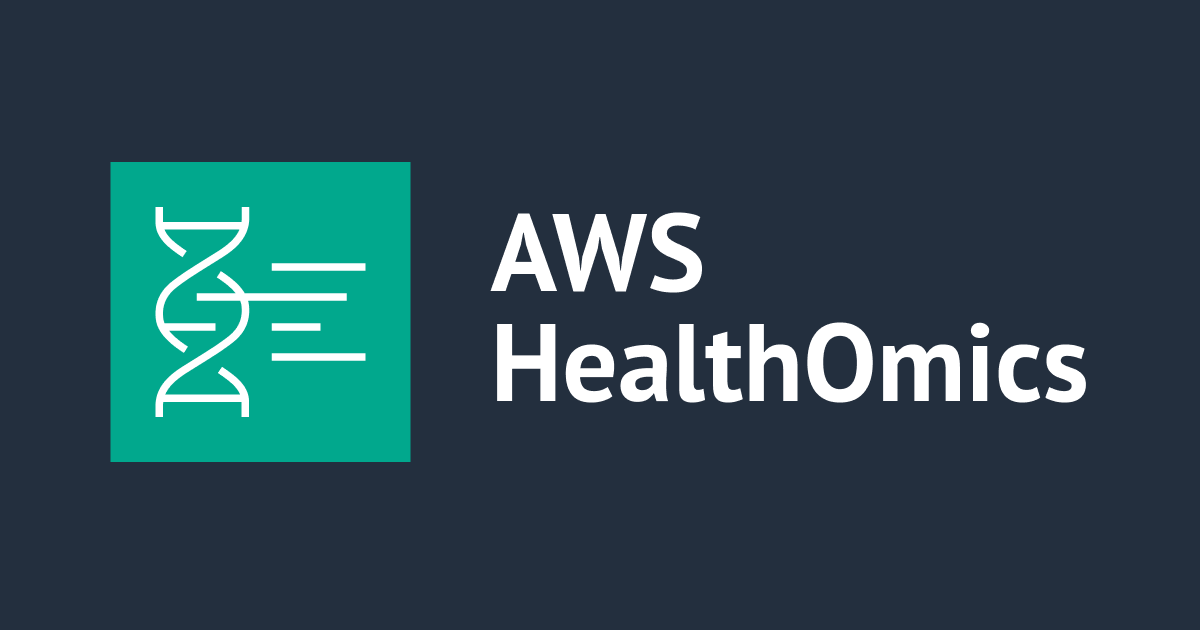AWS Healthomics: Navigating Your Health Data in the Cloud
 Sumit Mondal
Sumit Mondal
Introduction:
In the dynamic world of cloud computing, Amazon Web Services (AWS) continues to lead the way with innovative solutions. One such cutting-edge service is AWS Healthomics, designed to empower healthcare organizations by efficiently managing and analyzing health data in the cloud. In this blog post, we'll explore how to use AWS Healthomics in a simple and practical manner, complete with examples to help you get started.
Understanding AWS Healthomics: AWS Healthomics is a comprehensive suite of tools and services that enables healthcare providers to store, process, and analyze vast amounts of health data securely in the AWS Cloud. It encompasses various services, including Amazon HealthLake, Amazon Comprehend Medical, and Amazon SageMaker, which collectively form a powerful ecosystem for healthcare data management.
Getting Started with Amazon HealthLake:
Create a HealthLake Data Store:
Open the AWS Management Console and navigate to the HealthLake service.
Click on "Create Data Store" and follow the prompts to configure your data store.
Example:
Name: MyHealthLakeDataStore
Data Store ID: hl-ds-example
Ingest Data:
- Once your data store is created, you can start ingesting data. AWS HealthLake supports various data formats like FHIR (Fast Healthcare Interoperability Resources).
Example using AWS CLI:
aws healthlake start-fhir-ingestion --data-store-id hl-ds-example --input-data-config S3Uri=s3://your-bucket/your-data-folder
Understanding Amazon Comprehend Medical:
Analyze Medical Text:
- Comprehend Medical simplifies the process of extracting meaningful information from unstructured medical text.
Example:
import boto3
comprehend_medical = boto3.client('comprehendmedical')
text = "Patient has a fever and elevated blood pressure."
result = comprehend_medical.detect_entities(Text=text)
print(result)
Extract Entities:
- Utilize Comprehend Medical to identify key medical entities such as medical conditions, medications, and anatomy.
Example:
entities = result['Entities']
for entity in entities:
print(f"Type: {entity['Type']}, Text: {entity['Text']}")
Leveraging Amazon SageMaker:
Build Machine Learning Models:
- Amazon SageMaker allows you to build, train, and deploy machine learning models for health data analysis.
Example:
from sagemaker import get_execution_role
from sagemaker.model import Model
role = get_execution_role()
model = Model(model_data='s3://your-model-bucket/your-model-path/model.tar.gz', role=role)
predictor = model.deploy(instance_type='ml.m5.large', endpoint_name='health-predictor-endpoint')
Inference with SageMaker:
- Use the deployed SageMaker model to make predictions on new health data.
Example:
prediction_data = {'feature1': 0.75, 'feature2': 0.5}
result = predictor.predict(prediction_data)
print(result)
Conclusion:
AWS Healthomics opens up a realm of possibilities for healthcare organizations, offering a seamless integration of various AWS services to streamline health data management. By creating a HealthLake data store, utilizing Comprehend Medical for text analysis, and leveraging SageMaker for machine learning, you can harness the power of AWS Healthomics to derive valuable insights from your healthcare data. This simplified guide, along with the provided examples, aims to help you kickstart your journey into the world of AWS Healthomics.
Subscribe to my newsletter
Read articles from Sumit Mondal directly inside your inbox. Subscribe to the newsletter, and don't miss out.
Written by

Sumit Mondal
Sumit Mondal
Hello Hashnode Community! I'm Sumit Mondal, your friendly neighborhood DevOps Engineer on a mission to elevate the world of software development and operations! Join me on Hashnode, and let's code, deploy, and innovate our way to success! Together, we'll shape the future of DevOps one commit at a time. #DevOps #Automation #ContinuousDelivery #HashnodeHero